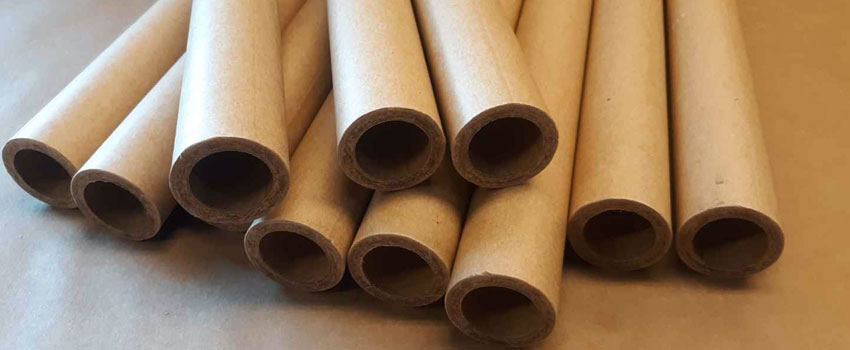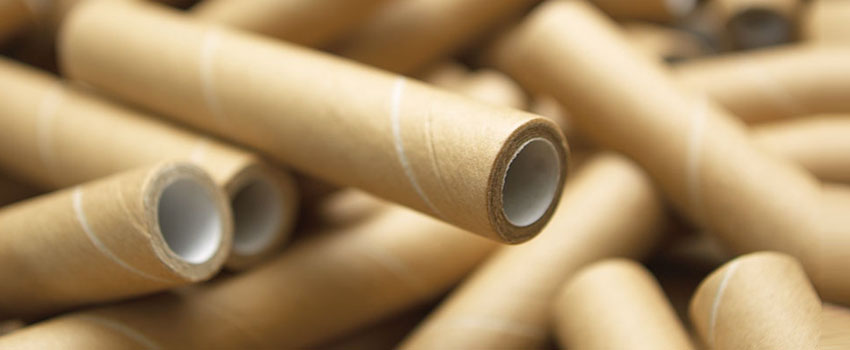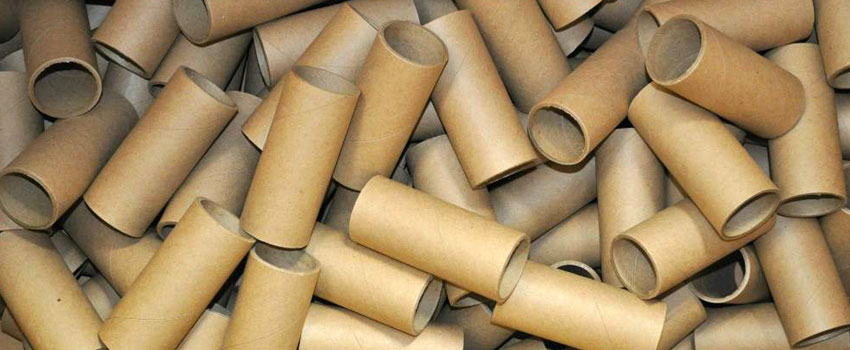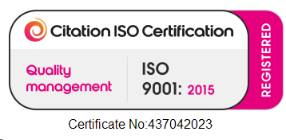Recycling – Cardboard cores and tubes have become an integral part of our lives. These cardboard cores have a wide range of uses from general purposes to constructional purposes. From large buildings to tiny toilet papers cardboard cores and tubes are present everywhere.
Tape, paper, aluminium foil, film stretches, electrical wires, fabric, cellophane tapes, disposable paper products, dental floss cores, foam, thermal transfer ribbon, stickers and many other products need a cardboard tube core.
Concerning its wide range of industrial usage, there are tons of used paper tubes in the world. It may become a severe threat to our environment, and the earth will turn out to be a big pile of junk for our future generations.
It seems scary. As socially responsible citizens, none of us wants to do that. To prevent all this from happening the recycling industry helps us in a significant way. But can mailing tubes be recycled? If so how? And are there any advantages of recycling industrial tubes and industrial cardboard cores?
Now its time to rejoice because you have landed on the right page, as we are all set to provide you with some valuable information on this topic. So as you read this article get ready to replenish your general knowledge on the subject of recycling cardboard tube cores.
 What Are Cardboard Tube Cores?
What Are Cardboard Tube Cores?
Cardboard tube cores are cylindrical structures made of paper which is widely used in the packaging industry. Apart from being an inevitable part of the packaging industry, it is also used for storage. There are different categories of cores and tubes which vary in length, wall thickness, inner and outer diameter and other things.
Cardboard tubes hold products inside them and are used for shipping without damage from rough handling. Whilst, cardboard cores are used to keep things intact during storage. Therefore the materials are wound around them.
Whereas, heavy-duty cardboard tubes are used in constructions as structural supports for concrete pillars and similar structures.
Why Is It Indispensable To Recycle Cardboard Tube Cores?
As we have seen, cardboard tube cores are used everywhere, in , medical supply bags, film, textiles, newsprint and many other industries. Because of its wide usage, postal tubes and cores are being produced in tons. Though they are reusable, most people do not tend to use them again. It results in piling of these into the landfills.
At the same time, the manufacturing of new tube cores continues to happen, which is not very good for the environment. So recycling the used cardboard tube cores and reusing them to make new industrial tubes and cores will do a lot of good. It will reduce the power, energy and resources and help us maintain a healthy environment.
How Are Cardboard Tube Cores Recycled?
Initially, the bails of raw materials are dropped into a machine for shredding. Here the materials are mixed with water; the cardboard is then broken into a paste. At this stage, foreign materials such as metals and plastics are removed. The material then moves through many steps where it is dried while being pressed and worked to get it to the right consistency. This material is known as a noodle in the industry. It is then stored and kept ready to be fed to the paper making machines whenever needed.
The noodle is then moved to the paper making machine and is again mixed with water and pushed and stirred to achieve the correct consistency. And to attain a certain amount of water resistance and fire retarding characteristics to prevent it from burning, a few chemicals are added to the mixture.
The mixture contains 90% water and is moved through a machine and pumped via a series of pipes. Later it is fed into a headbox. Inside that box, the paper paste is sprayed onto a rotating drum flip. The drum is covered with a very fine mesh. A vacuum pump creates a vacuum in the centre of the former drum. It sucks the liquid paper onto the outside of the drum. It also sucks water out of the mixture. The material is only in contact with the drum for a quarter of a turn. And as it reaches the top of the dump, the vacuum is released. And the sheet of paper is picked up by a moving felt.
It is then compressed between suction press rooms to remove water and to form or consolidate the sheet. And then there are five of the formers; each deposits a thin layer onto the sheet. The thickness of the paper is determined by the thickness of the sheet from each drum. For example, if a 125 grams sheet is required each drum will supply a layer that is 25 grams thick to get the desired result.
The paper then passes through five drying sections. It is dried as it passes over many cylinders that are heated internally with steam. The paper spends about a minute in the drying machine where it is dried to very accurate moisture content levels. Scanner sensors measure the moisture content of the paper. If it is too wet, blasts of steam will be applied to the sheet, and this will aid in drying the sheet quickly.
The final real spool of paper in jumbo reels weigh 6 1/2 tons. And then the tube manufacturers can obtain them and produce high-quality cardboard tube cores.
What Are The Benefits Of Recycling Cardboard Tube Cores?
- It is imperative to recycle and to renew our resources so that we may leave the countryside clean and the manufacturing industry in good condition for our children when they take over one day. And so that they would also have some trees in their locality to invent something like paper or cardboard tube cores on their own.
- Eco-friendly: Recycling is crucial for maintaining a green world. As it is made of wood pulp fibre, reusing the tube is more earth-friendly than cutting down and hauling trees to manufacture new cores.
- You can also save a tremendous amount of landfill space, which can be utilised for other needs.
“The greatest threat to our planet is believing someone else will save it”– Robert Swan.
So wait for none, and keep contributing your share in saving the planet by using environmentally friendly materials like quality cardboard cores from firms like the Essex tube windings to get 100 recycled paper tubes and cores. And once it has served its purpose, please make sure you send it to a recycling plant.








